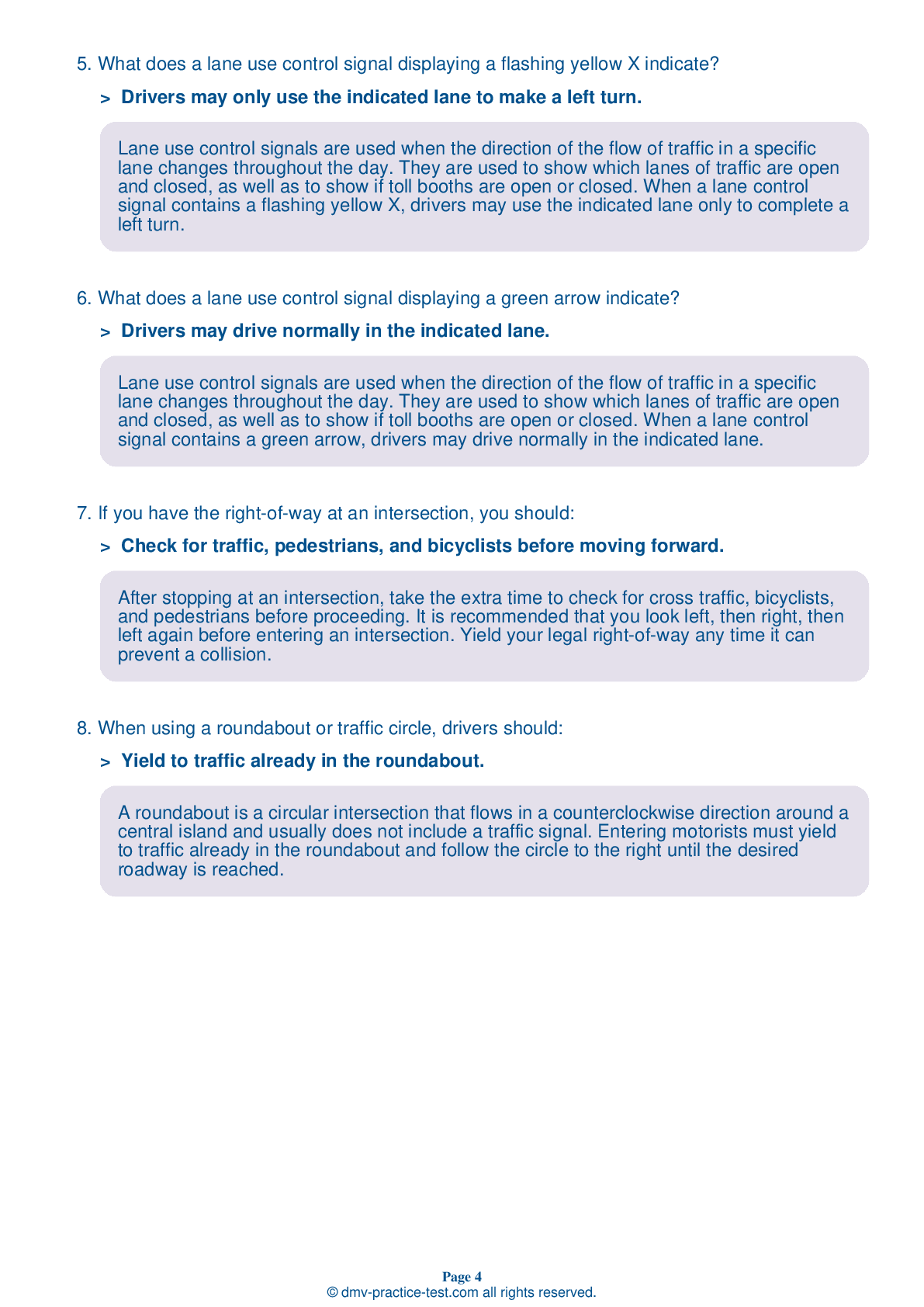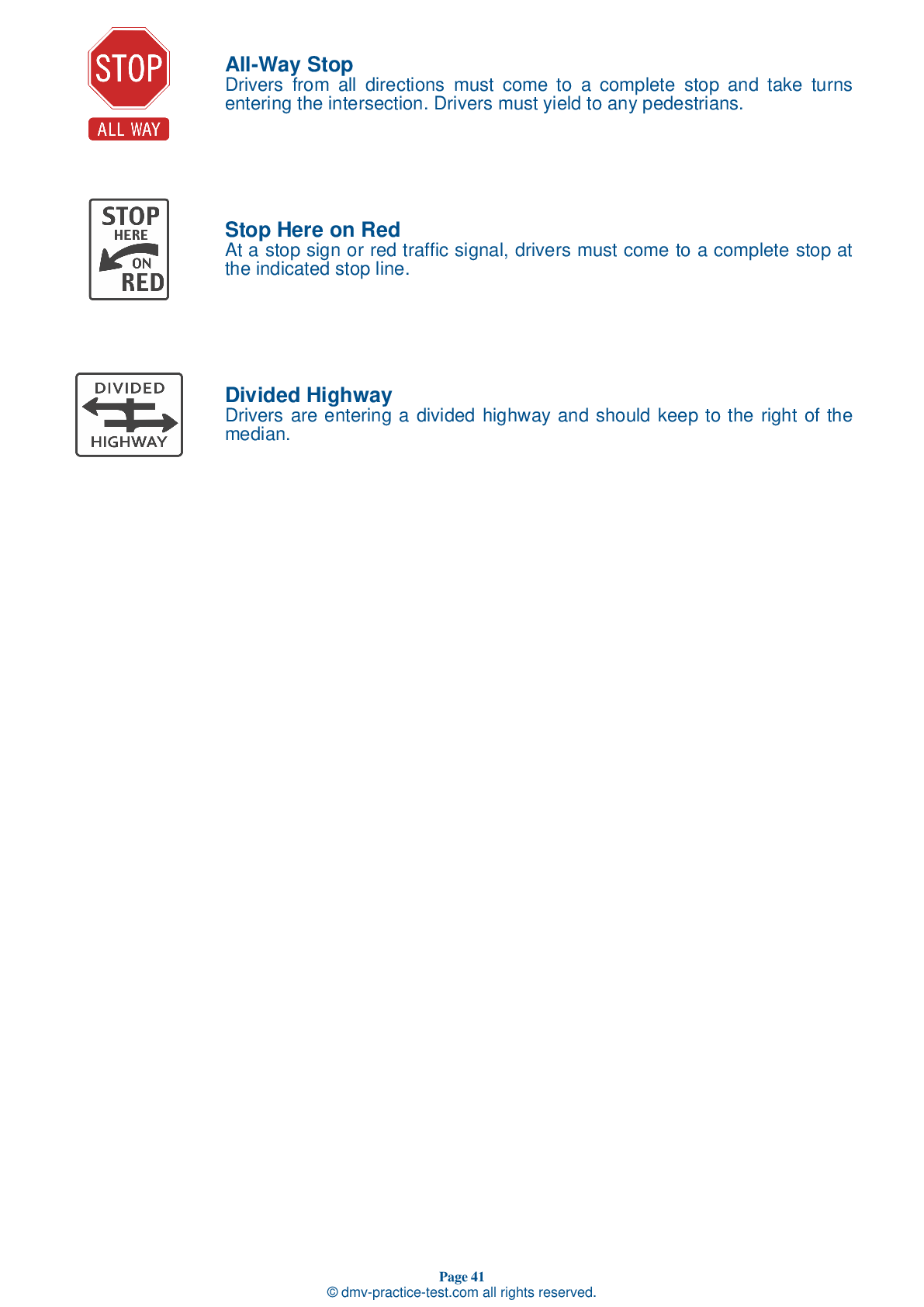FREE Maine DMV Practice Test #17 Page 5 of 7
For January 2025, Maine's DMV practise exams have been updated. It includes questions based on the most important traffic signals and legislation for 2025 from the Maine Driver Handbook. To study for the DMV driving permit test and driver's licence exam, use actual questions that are very similar (often identical!) to the DMV driving permit test and driver's licence exam.
Each question on the practise exam has a tip and explanation to help you recall the ideas. Questions about traffic rules, traffic signs, and driving statutes, as well as knowledge from the Driver Handbook, will be included in the written portion of the official Maine DMV test.
You must properly answer 50 of the 60 questions to receive a passing mark. To help you prepare for your Maine instruction permit or driver's licence, take our DMV practise test.
The DMV exam is offered in a variety of languages.
Using any form of testing help will result in an automatic fail, and the DMV may take further action against your driver's licence, so avoid it.
33 . To prepare for anything coming up on the road ahead, you should:
Your ability to handle dangerous traffic situations depends largely on searching for and identifying problems before meeting them. Looking far ahead of your vehicle does not mean you should simply stare at the center of the road. You need to continually scan the entire road, including the sides of the road.
34 . A broken yellow centerline means that:
A broken yellow centerline means that a driver may cross the centerline to pass another vehicle on the left as long as there is no oncoming traffic. Drivers should never cross a solid yellow centerline in order to pass.
35 . When you see this black and yellow sign, it means:




